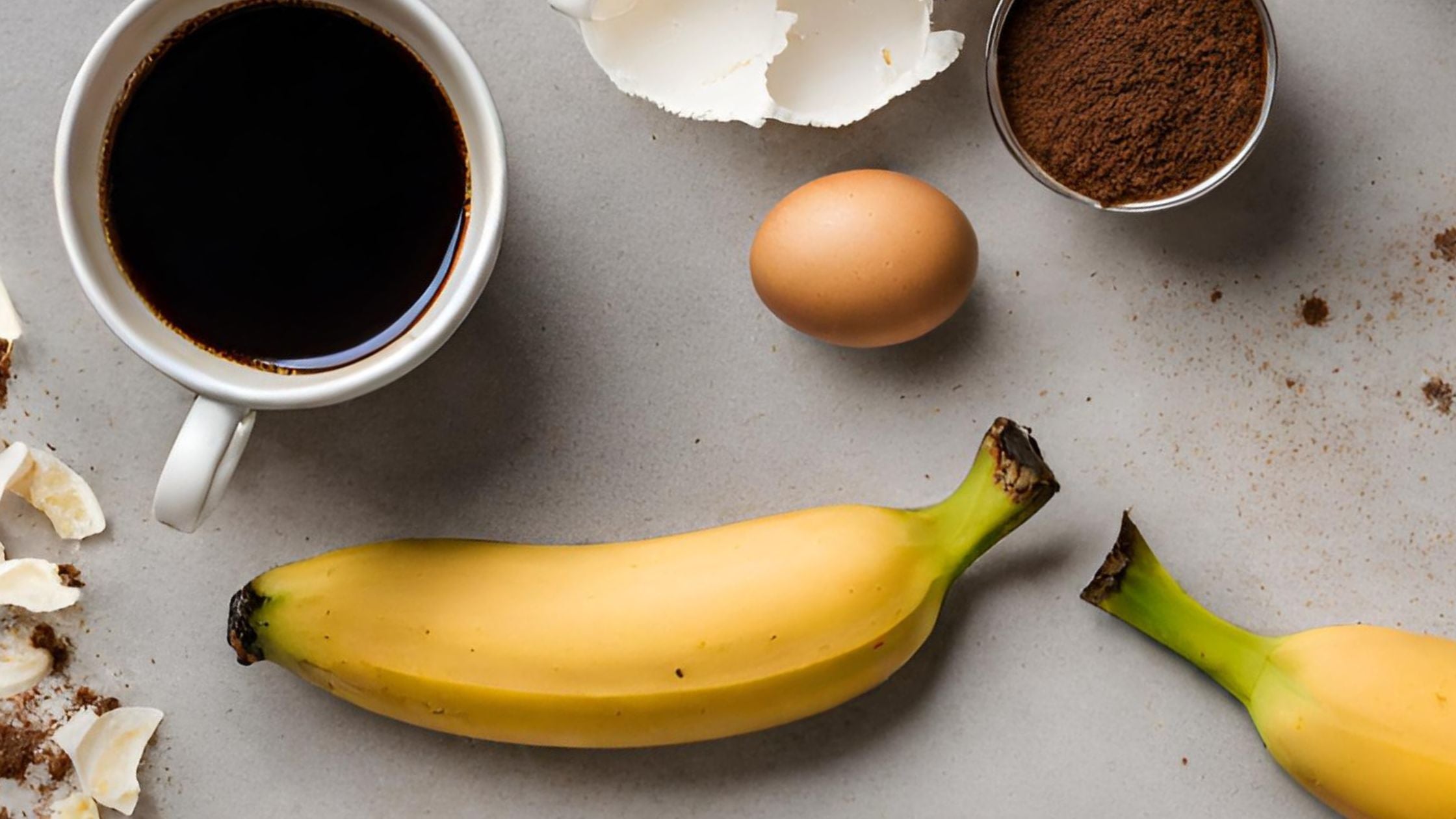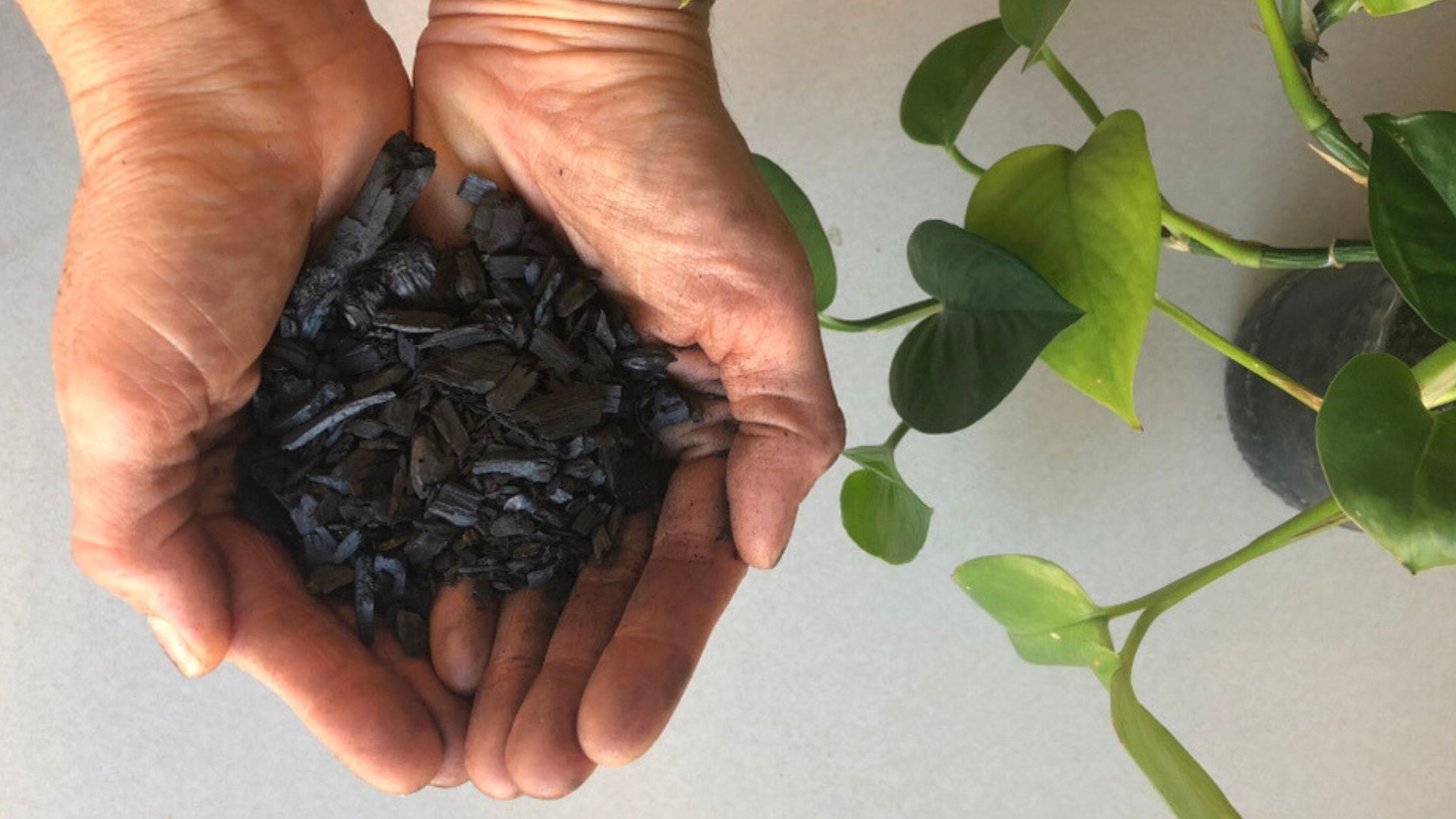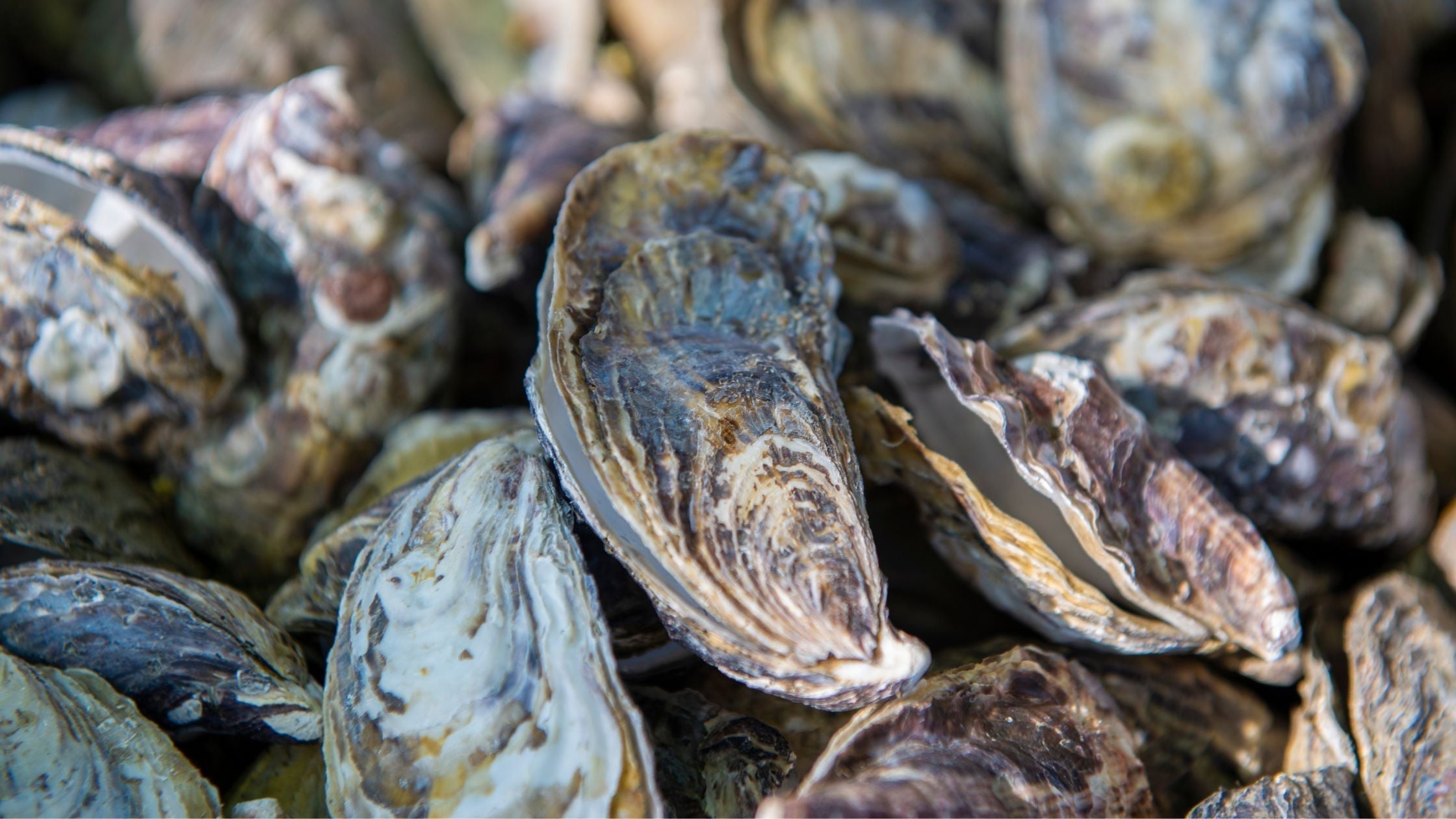
How to make homemade fertilizer
DIY fertilizer may seem like an unnecessary chore, but a bit of effort can reward you with an organic plant food solution that's better for the environment and makes your plants happy.
We have shared recipes for homemade fertilizers for plants requiring nitrogen, phosphorus, and potassium. This post will show you two different ways to make homemade fertilizers with balanced NPK ratios.
Before we get into how to make homemade fertilizer, we will first review some basics about plant nutrition.
Plant nutrition and fertilizers
All commercial plant fertilizers contain nitrogen (N), phosphorus (P), and potassium (K), the macronutrients found in the largest quantities in plants. Plants require thirteen other micronutrients in smaller quantities, which usually already exist in sufficient amounts in the soil. While some nutrients can enter the plant through the leaves, the roots absorb most nutrients and transport them throughout the plant.
In this post, we explored the NPK ratios and the roles of these macronutrients in plant growth and development. Here's a summary of their roles.
- Nitrogen (N) is essential for healthy leaves and stems. It also aids in chlorophyll production, making plants green and photosynthesize optimally. Houseplant hobbyists, therefore, mostly use nitrogen-rich fertilizers for their plants.
- Phosphorus (P) supports robust plant structures for developing flowers, fruits, and root systems. A higher phosphorus ratio encourages fruits and seeds after flowering.
- Potassium (K) keeps roots healthy and also aids flowers and fruits. It helps plants tolerate stress, such as drought. Heavy-flowering plants - like orchids - need a lot of potassium before and during their flowering period.
Choose a balanced fertilizer when you are feeding your plant to aim for overall health. Choose a fertilizer with more of any of the macronutrients when you are trying to encourage specific aspects of plant growth.
Why make homemade fertilizer?
Homemade fertilizers use natural rather than synthetic materials. This lessens the chance that you will over-fertilize and accidentally damage your plants. In addition, with homemade fertilizers, you have control. Hoping for more lush growth? Add some nitrogen. Want to support your plant through flowering? Increase the potassium. Also, pound-for-pound, homemade fertilizers are typically less expensive. Some of them—including our recipe below—are even free.
When making homemade fertilizer, you can choose your ingredients to focus on one or more macronutrients. However, understanding NPK ratios will be more of an art than a science without special laboratory equipment. You can also incorporate other amendments, such as probiotics to improve the soil biome or oyster shell flour to adjust pH.
If you bought your plant at a Big Box Store, remember they often load their plants up with high-nitrogen, high-salt fertilizers to make them look their best for sale. Soak these plants and their soil thoroughly to remove excess fertilizer and ease into your new routine, whether commercial or homemade fertilizer. Or, after your plant has had a few weeks to acclimate to its new home, remove your nursery soil and replant it in our Trail Mix or Granola potting soils to start your plant fresh.
How to make homemade fertilizer from kitchen scraps
To create this balanced fertilizer recipe, we approximated the NPK ratios of kitchen scraps using eggshells, coffee grounds, and dried banana peels. You can put this mild fertilizer directly on your houseplants without concerns about burning or over-fertilizing.
After processing, you can store these ingredients for future use, but they must be mold-free before you dry them and then thoroughly dried and kept in a dry sealed container. Consider popping a left over desiccant package into the container to be sure that it stays free of moisture.
Homemade fertilizer Ingredients:
- 1 cup of dried eggshells for phosphorous
- 5 tablespoons of used, dried coffee grounds for nitrogen
- 1 tablespoon of dried banana peels for potassium
For the eggshells: Rinse them well in a colander. If you live in a dry climate, you can just put them out in the sun to dry. If not, put them on a cookie sheet and toss them in your oven at 400 degrees for 10 minutes. Then, toss them in the food processor to make eggshell flour.
For the coffee grounds: Similar to the egg shells, you can leave them in the sun for a few days or put them in the oven to dry. Heat them low and slow to prevent your house from smelling like burned coffee at 250 degrees until very dry. Do not use unused coffee grounds because the steeping process neutralizes the pH. When the grounds have no more moisture, store them in an airtight container until needed. If you coarse-grind your coffee, you can toss it into a food processor to make the nutrients more readily available to your plants.
Banana Peels: Preparing the banana peels is easy, too. The same rules apply. Some people just put them in the sun. In March, where I live, mine turned to a moldy mush. So, I put them in my oven at 400 degrees until they were dry. It took about 30 minutes. They looked crisp, and then I gave them just a little more time to be sure. Put them in a food processor and make banana peel flour.
Balanced NPK Homemade Fertilizer - Easier
If you're putting table scraps to good use in your compost pile but still want to make DIY fertilizer, here is a balanced fertilizer recipe that you can make from ingredients from your local garden store. You can adjust this recipe's ratios to fit your plants' unique needs.
Easy Balanced homemade fertilizer ingredients:
- 1 cup cottonseed meal or alfalfa (for nitrogen) —We like cottonseed meal but look for an organic option, as conventional cotton is typically drowning in chemicals
- 1/2 cup bone meal (for phosphorus and calcium) - you can also use rock phosphate as a vegan alternative
- 1/2 cup wood ash (for potassium)
- 1/4 cup oyster shell flour (to balance the pH of the wood ash). You can substitute dolomitic lime
- 1/4 cup kelp meal (for micronutrients, optional) - Try to find one that doesn't have a strong smell when used on houseplants
Mix this together in a resealable container and sprinkle it on your houseplants for a balanced fertilizer. You can also play with the levels throughout the year to optimize your plant care game.
By using organic homemade fertilizers, you will reduce waste and have more control over what goes into your plant's soil. Do you prefer the convenience of store-bought fertilizers? Or will you try DIY?
More homemade fertilizer recipes
Looking for an organic nutrient-dominant DIY fertilizer? Try one of these:



Leave a comment
This site is protected by hCaptcha and the hCaptcha Privacy Policy and Terms of Service apply.